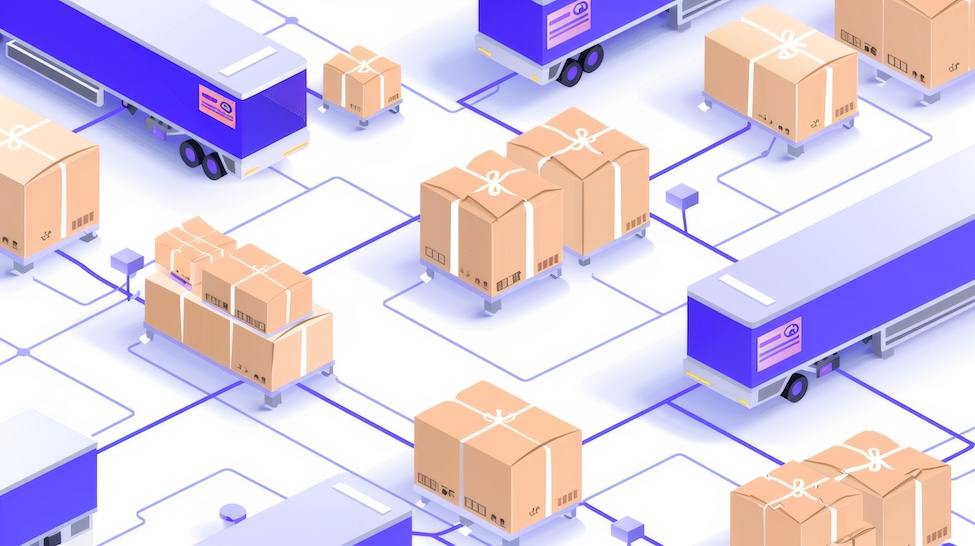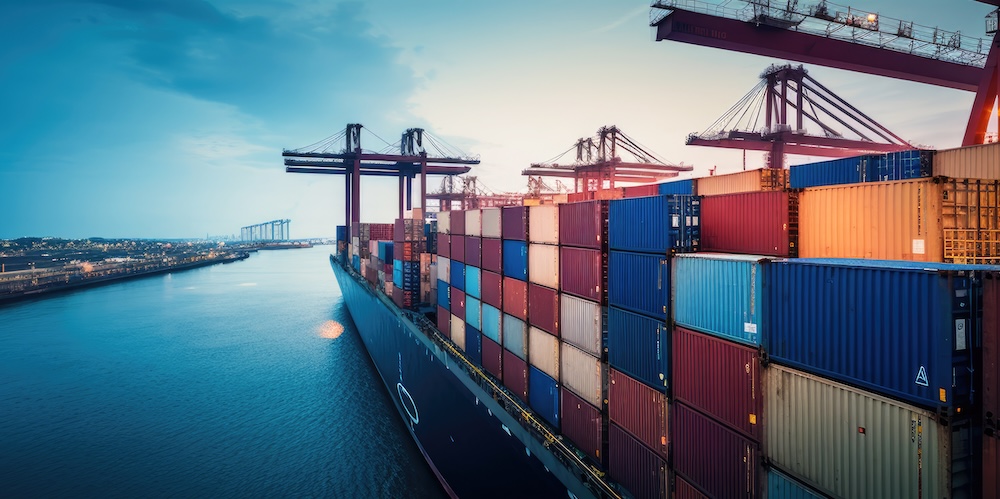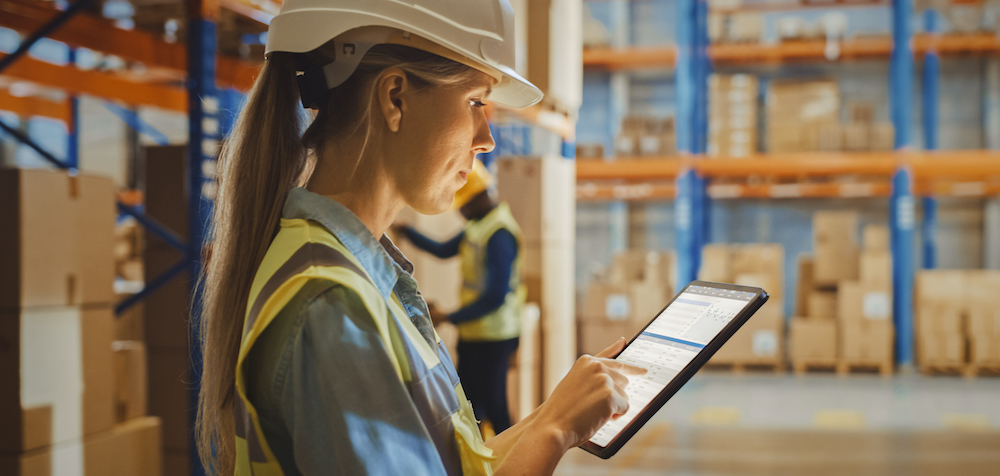The Benefits of an Optimized Reverse Logistics Process

How to Use Reverse Logistics to Improve Your Business
What Is Reverse Logistics?
Reverse logistics represents any process in your supply chain that allows you to reuse, recycle, and reclaim materials or products. Reverse logistics companies help with various elements of supply chain management like customer return rates, reclaiming unused raw materials for a new purpose, or using spoiled or damaged products in a different way to retain some of their original value.
What Are the Benefits of the Reverse Logistics Process?
There are several benefits to proper reverse logistics management. First, it helps you keep more value in your supply chain. Instead of just throwing out damaged returned products or unused materials, businesses can reuse them and keep at least some, if not all of their value.
Therefore resulting in overall reduced costs.
The reverse logistics process also helps with customer service. Just as customers are happy when there is fast and easy shipping, they are also happy when it is easy to return and exchange products. Having a clear and concise returns process allows customers to trust your business more. They know that if there is an issue, they will be able to send the product back and get the issue taken care of.
Reverse logistics systems are developed for the environment as well. Reusing items and materials instead of just throwing them out is good for the planet. These days, many customers see the word eco-friendly as a positive when shopping. So, having sustainable practices that are eco-friendly and reduce waste could also be good for your bottom line.
How Does Reverse Logistics Work?
Just like traditional logistics, each reverse logistics project can be custom-tailored to the specific needs of the business and particular supply chain.
When it comes to retail logistics, these programs usually have to do with customer returns management. Many companies allow customers to make returns with no extra charges. Others charge customers for the extra shipping for the return.
Once the package leaves the customer, it goes to a collection, consolidation, or distribution center. There, it is grouped with packages going to the same location, and shipped to a recovery facility. There, it is determined what to do with the product and how to insert it back into the supply chain.
Some companies accept returns directly to their own warehouse and don’t use the services of consolidation centers or recovery facilities.
With other types of businesses, reverse logistics might be about reclaiming raw materials and would follow a similar path.
What Are the Roles of a Warehouse in Reverse Logistics?
For some businesses, the warehouse acts as the main point for assessing returns. Workers can receive products, determine whether they are damaged or not, and return them to stock or decide what to do with them if they are not sellable. This is one reason it is essential to have a great warehouse management system that helps you to track returns, assess inventory, and more.
What is the Reverse Supply Chain?
What is reverse logistics versus reverse supply chain? The concept of reverse logistics is one component of the reverse supply chain.
Logistics is just the act of getting the products back and processing them. The reverse supply chain refers to the process as a whole, which may even include selling used and refurbished returned items in “secondary markets.” These markets are outlets where people go expecting to find secondhand items to buy.
What are the 5 R’s of Reverse Logistics?
The 5 R’s of reverse logistics are:
- Returns: The act of accepting returns of unwanted products.
- Reselling: Selling items that have been returned.
- Repairs: Fixing goods that can be repaired then returned to the original customer.
- Replacements: Many customers want to exchange the original item for a different color or size.
- Recycling: Offering to properly recycle products can give your business a leg up with the eco-friendly crowd.
Reverse Logistics Process Example
Over the past 4 years, we have partnered with a well-established retail establishment. When they were closing several stores, they asked for our help in retaining the merchandise and other items from the store. We developed a reverse logistics process to get their merchandise to the remaining stores that included:
- Calling each location that was closing 21 and 7 days before pickup to communicate all details and answer any questions.
- Doing the same for each store that would be receiving the merchandise.
- Entering the store, palletizing, and wrapping the merchandise for the client.
- Providing real-time data to the client so they knew exactly when the shipments would arrive.
This is just one of many reverse logistics examples in our history.
Challenges of Reverse Logistics
Reverse logistics does have its challenges. Luckily, a solid reverse logistics strategy targets these problems creatively in a variety of ways.
Fraud: Some people try to game the system. People have done things like buying a television and then returning the box with bricks or wood inside. They may also try to return a damaged or old product that is not eligible for return. Target reverse logistics experts focus on finding simple, firm, and polite ways of dealing with these situations.
International returns: This is a particularly difficult area of reverse logistics. For the most part, international shipments are grouped together until there is enough to send as a group in a shipping container or at least on a pallet. But with international returns, they need to be sent one at a time to ensure customer satisfaction and to retain the value of the product. So, the cost of an international return may be higher than usual.
Legal solutions: International companies must abide by the laws of returns in each jurisdiction where they sell products. So, that can make it difficult to have a simple returns policy. However, making sure you adhere to local laws is one reason why it’s so important to have a reverse logistics expert on your team.
Related Articles
General
Inbound Logistics Explained: Processes, Benefits & Best Practices

Efficiency is the cornerstone of business success in today’s competitive environment. Inbound logistics, a critical component of supply chain management, plays a pivotal role in determining a company’s operational effectiveness and overall performance. Inbound logistics encompasses the processes involved in receiving, storing, and distributing raw materials, components, or finished goods from suppliers to production facilities […]
Read MoreGeneral
Freight Shipping vs. Standard Shipping: Understanding the Difference

Freight shipping stands as a cornerstone of modern logistics, propelling the global economy forward through the efficient movement of goods. This essential component of commerce encompasses the transportation of large quantities of products, distinguishing itself from standard shipping methods in scale, complexity, and significance. Understanding freight shipping is essential for business owners aiming to optimize […]
Read More

